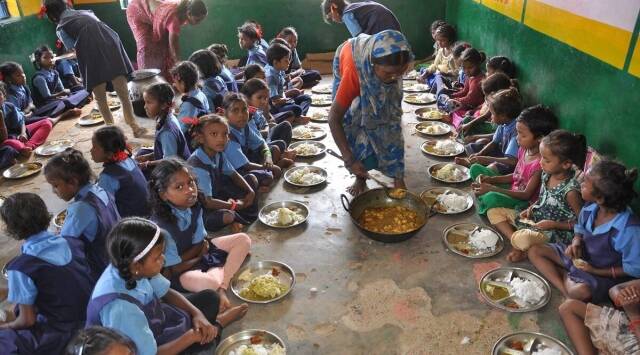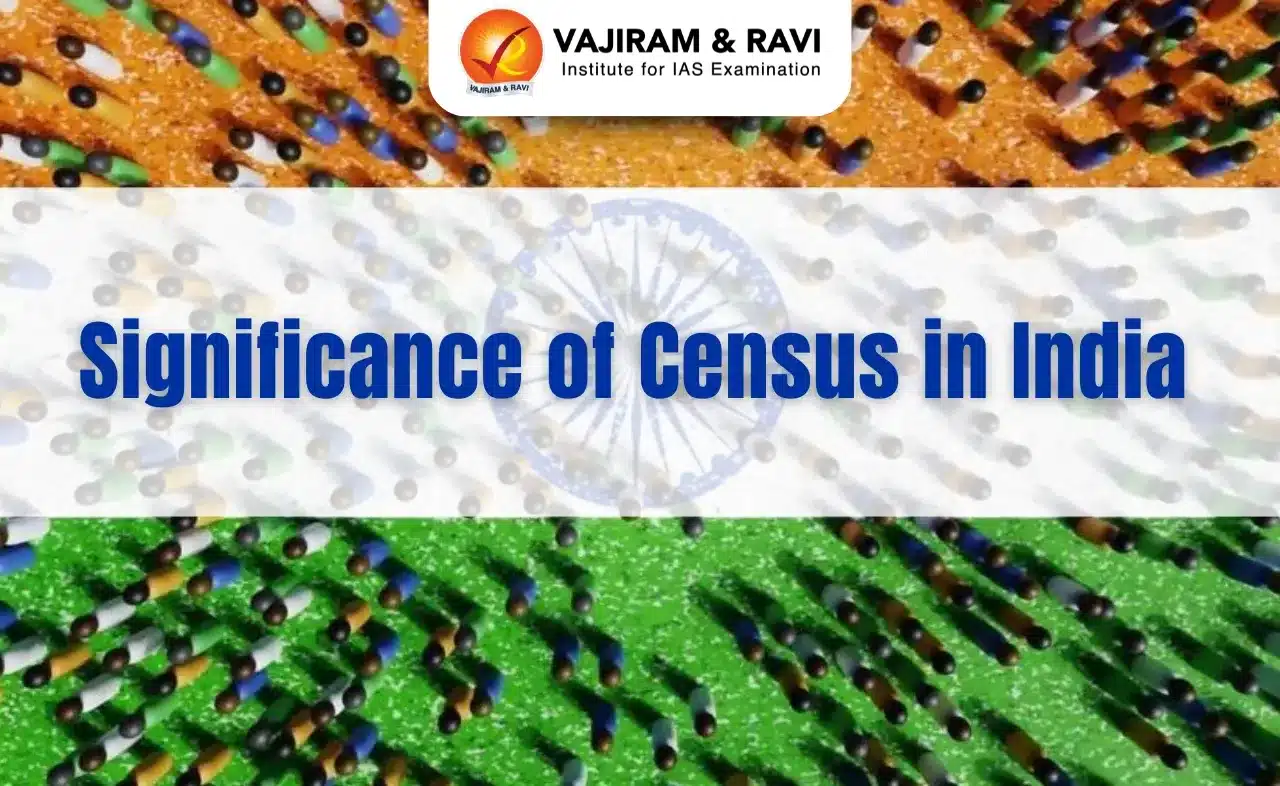What’s in today’s article?
- Why in News?
- What is Food Security?
- About National Food Security Act, 2013
- Central Issue Price under NFSA
- News Summary
- What Are the Revised Nutritional Standards?
Why in News?
- A decade after the National Food Security Act (NFSA) was enacted, the Central government has revised the nutritional standards of meals at schools and anganwadis.
What is Food Security?
- The basic concept of food security globally is to ensure that all people, at all times, should get access to the basic food for their active and healthy life.
- Though the Indian Constitution does not have any explicit provision regarding right to food, the fundamental right to life enshrined in Article 21 of the Constitution may be interpreted to include right to live with human dignity, which may include the right to food and other basic necessities.
About National Food Security Act, 2013
- The issue of ‘food security’ at the household is continuously being addressed by the Government since long, through the Public Distribution System and the Targeted Public Distribution System.
- However, the enactment of the National Food Security Act, (NFSA) 2013 on July 5, 2013 marks a paradigm shift in the approach to food security from welfare to rights based approach.
- The Act legally entitles up to 75% of the rural population and 50% of the urban population to receive subsidized foodgrains under Targeted Public Distribution System.
- About two thirds of the population therefore is covered under the Act to receive highly subsidized foodgrains.
- As a step towards women empowerment, the eldest woman of the household of age 18 years or above is mandated to be the head of the household for the purpose of issuing of ration cards under the Act.
- Coverage –
- The Act is being implemented in all the States/UTs, and on an all India basis, out of maximum coverage of 81.34 crore persons, around 80 crore persons have been covered under NFSA.
- In case of non-supply of the entitled quantities of foodgrains or meals to entitled persons under NFSA, such persons shall be entitled to receive such food security allowance from the concerned State Government to be paid to each person.
- Responsibilities under NFSA –
- NFSA defines the joint responsibility of the Centre and State/UT Government.
- While the Centre is responsible for allocation of required foodgrains to States/UTs, the States/UTs are responsible for effective implementation of the Act.
- The work of identification of eligible households is to be done by States/UTs.
Central Issue Price under NFSA
- The NFSA provides a legal right to persons belonging to “eligible households” to receive foodgrains at subsidised price– rice at Rs 3/kg, wheat at Rs 2/kg and coarse grain at Rs 1/kg — under the Targeted Public Distribution System (TPDS).
- The term “eligible households” comprises two categories —
- “Priority Households”, and families covered by the Antyodaya Anna Yojana (AAY).
- Priority households are entitled to receive 5 kg of foodgrains per person per month, whereas AAY households are entitled to 35 kg per month at the same prices.
- Under Schedule-I of the Act, these subsidised prices were fixed for “a period of three years from the date of commencement of the Act”.
- However, the government has yet not revised the subsidised prices.
News Summary
- A decade after the National Food Security Act (NFSA) was enacted, the Central government has revised the nutritional standards of meals at schools and anganwadis.
- The revised nutritional standards has augmented the proportion of calories and protein, while also mandating the inclusion of micronutrients in them.
- The amendment has been done on the recommendations of an inter-ministerial committee.
- In its draft report, the inter-ministerial committee had recommended “urgent action”, citing the possible impact of the Covid-19 pandemic in worsening the “silent crisis” of undernutrition.
What Are the Revised Nutritional Standards?
- The amendment has been made under Schedule-II of the NFS Act, which was notified on January 25.
- Schedule-II of the Act fixes nutritional standards for nine groups, starting from children aged six months to one year and those in upper primary classes (VI-VIII).
- Three new categories have been created for undernourished children aged between six months to six years.
- The nutritional standards for some existing categories such as lower primary classes, and upper primary classes have been revised.
- For instance, under the previous norms, every child in lower primary classes was entitled to get 450 kilocalories (kcal) and 12 gm protein with midday meals.
- Now, the protein quantity has been hiked to 15-20 gms, while fat (18-21 gms) and carbohydrates (70 gms) are part of the mix as well.
- Standards for micronutrients have also been fixed: calcium 170 mg, zinc 2 mg; iron 3.5 mg; dietary folate 50 micrograms, Vitamin A 100 micrograms; Vitamin B6 0.43 micrograms; Vitamin B12 0.66 micrograms.
Q1) What are the examples of Rabi Crops?
The major rabi crops in India are wheat, barley, oats, gram, mustard, linseed.
Q2) What is the responsibility of Food Safety and Standards Authority of India (FSSAI)?
The foremost responsibility of FSSAI include the development of ‘Science-based Food Standards for articles of food and food products and to regulate their manufacture, storage, distribution, sale and import to ensure availability of safe and wholesome food for human consumption.
Source: Govt revises nutritional standards in its food safety schemes for kids
Last updated on June, 2025
→ UPSC Notification 2025 was released on 22nd January 2025.
→ UPSC Prelims Result 2025 is out now for the CSE held on 25 May 2025.
→ UPSC Prelims Question Paper 2025 and Unofficial Prelims Answer Key 2025 are available now.
→ UPSC Calendar 2026 is released on 15th May, 2025.
→ The UPSC Vacancy 2025 were released 1129, out of which 979 were for UPSC CSE and remaining 150 are for UPSC IFoS.
→ UPSC Mains 2025 will be conducted on 22nd August 2025.
→ UPSC Prelims 2026 will be conducted on 24th May, 2026 & UPSC Mains 2026 will be conducted on 21st August 2026.
→ The UPSC Selection Process is of 3 stages-Prelims, Mains and Interview.
→ UPSC Result 2024 is released with latest UPSC Marksheet 2024. Check Now!
→ UPSC Toppers List 2024 is released now. Shakti Dubey is UPSC AIR 1 2024 Topper.
→ Also check Best IAS Coaching in Delhi






















